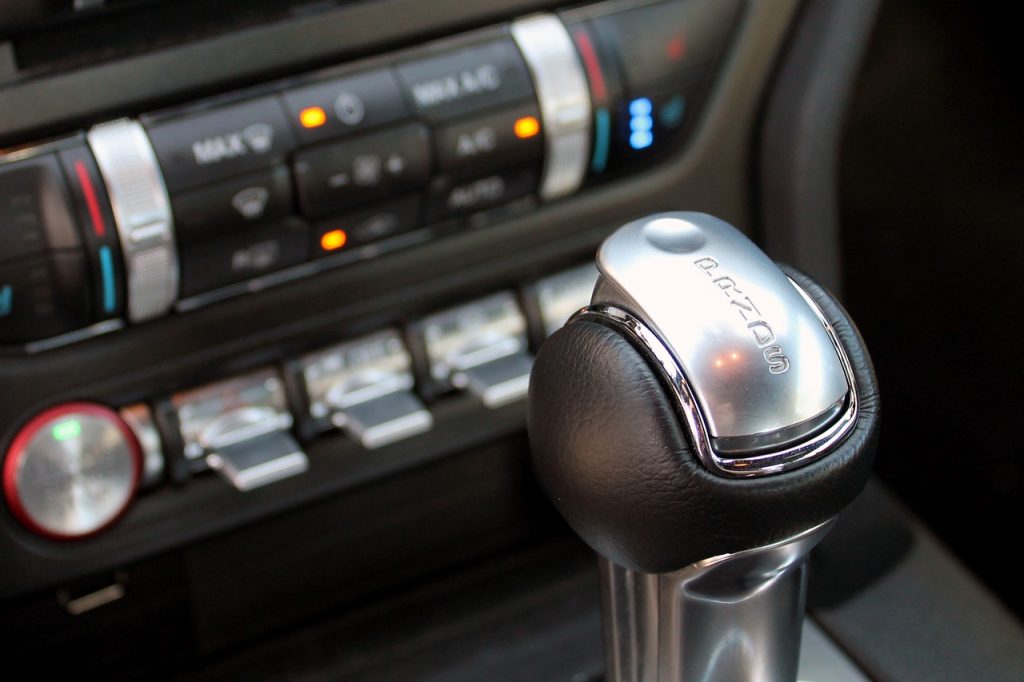
For a driver, driving is more than just the skill to maneuver a car. Every driver knows it’s mostly all about the driving experience. The history of automobiles would tell of cars operating with a manual clutch since olden days. In recent times, however, modern cars have been reinvented with different transmission types for different kinds of drivers. Each of these transmissions has its upsides and downsides. Regardless of this, the kind of driver searching for the driving experience is a big factor. Discussed below are the different types of car transmissions—how they work and each of their pros and cons.
Manual Transmission. This is by far classic of all car transmissions. It is designed with a three-pedal foot piece, consisting of the friction clutch, the brake, and the gas pedal. These pedals are connected to a gear-selector at the right hand of the driver, consisting of first up to fifth accelerators, and the reverse gear. In some countries, the driver side is at the right, so the gear selector is maneuvered using the left hand. In Western countries, however, lesser people know how to operate or use the classic manual, as most car models nowadays operate on an automatic transmission. Despite its sub-popularity, the manual is very economical in fuel, since drivers can adjust the gear based on the assumed speed. Due to the simplicity of its mechanism, it is also easier to repair and less costly. And for most driving enthusiasts, the shifting of gears using blending and timing provides an all-time excellent driving experience.
Automatic Transmission. The modern roads are, in a majority, filled with automatic transmission cars. Unlike the manual, the automatic only has a two-pedal foot piece, consisting of the brakes and accelerator. Changing gears does not require the use of a clutch, and most of the time, the gear is only stationary at one of the several choices. A torque converter is connected to the Electronic Control Unit, allowing for precise control of the car. Automatics are at an advantage for a simpler and smoother driving experience without changing gears constantly. However, due to the complexity of its mechanism, automatics are more prone to failure and also take up a lot of fuel.
Continuously Variable Transmission (CVT). The CVT transmission does not have any gears at all but instead operates on belts and pulleys. The car’s computer system controls these belts and pulleys and adjusts them accordingly to the driving circumstance. Since the CVT’s mechanism is less complex, it is less frequently prone to failure and is good for economizing fuel. Despite these advantages, the CVT with smooth and seamless acceleration may not offer a worthwhile driving experience for most driving enthusiasts. Plus, the engine makes much noise during acceleration.
The different transmissions used in automobiles all offer unique features. With its variety, one may be more appealing to one kind of driver, while another may not be as appealing. Whatever those reasons are, there is not one kind of car transmission which is a perfect fit for all sorts of drivers. Efficiency, maintenance, practicality and driving experience are all important factors every driver needs to consider.

